Rising Construction Activities
The resurgence of construction activities across the United States is a significant driver for the green concrete market. With urbanization and infrastructure development on the rise, there is an increasing demand for sustainable building materials. The construction sector is projected to grow by approximately 10% in the coming years, creating a favorable environment for green concrete adoption. This growth is further fueled by the need for resilient and environmentally friendly structures that can withstand climate change impacts. Consequently, the green concrete market is expected to thrive as builders and developers prioritize sustainable solutions to meet both regulatory standards and consumer preferences.
Growing Environmental Awareness
The increasing environmental awareness among consumers and businesses is a pivotal driver for the green concrete market. As sustainability becomes a core value, stakeholders are actively seeking eco-friendly construction materials. This shift is reflected in the construction sector, where the demand for green concrete is projected to rise significantly. According to recent estimates, the market could witness a growth rate of approximately 15% annually over the next five years. This trend indicates a robust commitment to reducing carbon footprints and promoting sustainable building practices. The green concrete market is thus positioned to benefit from this heightened consciousness, as more projects incorporate sustainable materials to meet both regulatory requirements and consumer expectations.
Corporate Sustainability Initiatives
Corporate sustainability initiatives are increasingly influencing the green concrete market. Many companies are adopting comprehensive sustainability strategies that prioritize the use of eco-friendly materials in their construction projects. This trend is driven by both consumer demand for responsible business practices and the need to comply with evolving regulations. As corporations commit to reducing their environmental impact, the green concrete market stands to benefit significantly. Reports indicate that businesses integrating sustainable materials into their operations can enhance their brand reputation and attract environmentally conscious consumers. This alignment of corporate goals with sustainable practices is likely to drive further growth in the green concrete market.
Technological Advancements in Material Science
Technological advancements in material science are transforming the green concrete market. Innovations such as the development of bio-based additives and improved recycling techniques are enhancing the performance and sustainability of concrete. These advancements not only improve the mechanical properties of green concrete but also reduce its environmental impact. For instance, the incorporation of industrial by-products like fly ash and slag has been shown to lower carbon emissions associated with concrete production. As these technologies continue to evolve, the green concrete market is likely to see increased adoption, as construction firms seek to leverage these innovations for competitive advantage.
Government Incentives for Sustainable Construction
Government incentives play a crucial role in propelling the green concrete market. Various federal and state programs are designed to encourage the use of sustainable materials in construction. These incentives may include tax credits, grants, and subsidies aimed at reducing the initial costs associated with green building practices. For instance, the U.S. government has allocated substantial funding to support sustainable infrastructure projects, which often prioritize the use of green concrete. This financial backing not only lowers barriers for adoption but also stimulates innovation within the green concrete market. As a result, the market is likely to expand as more construction firms take advantage of these incentives to enhance their sustainability profiles.


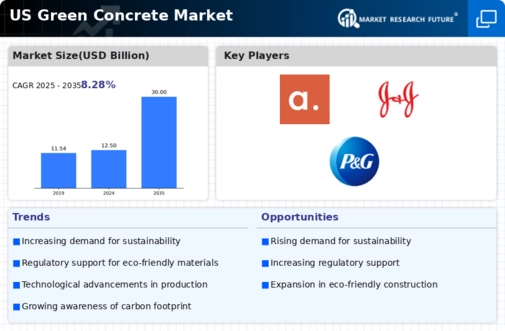

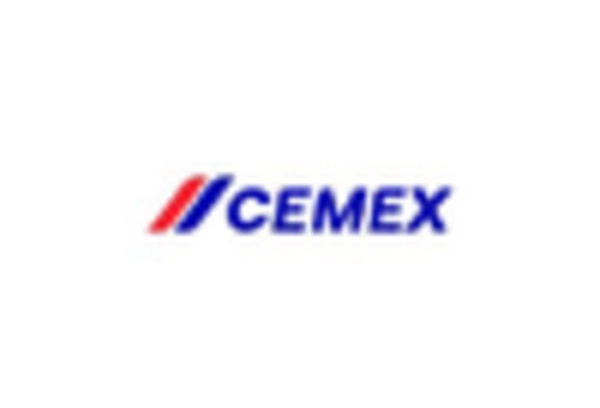

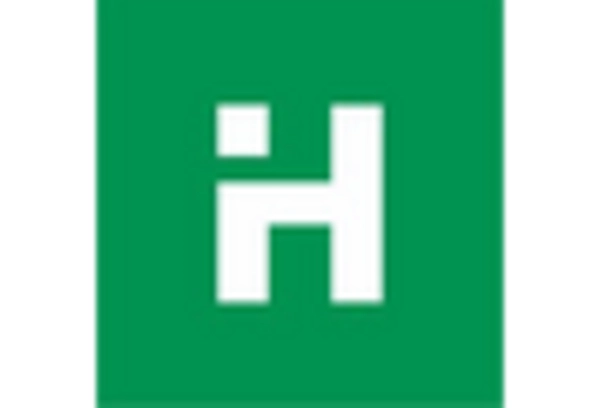
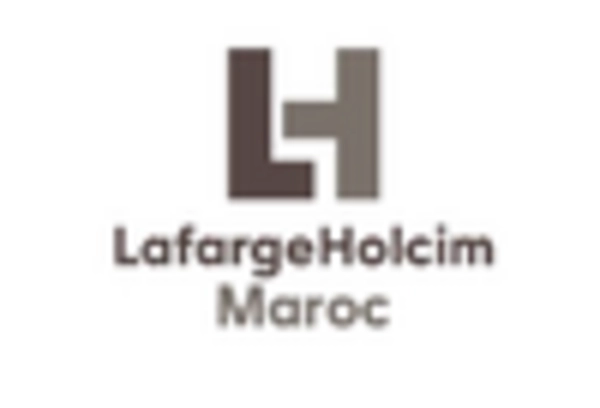
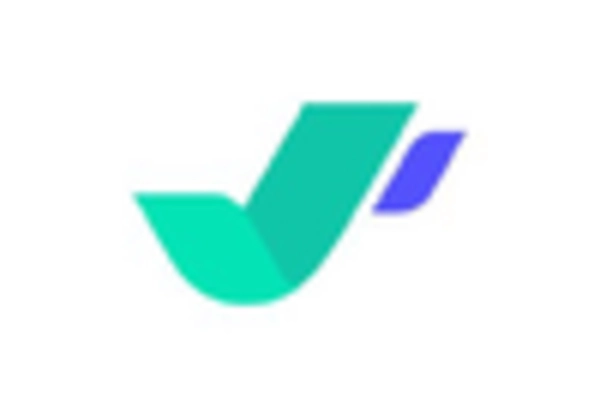








Leave a Comment